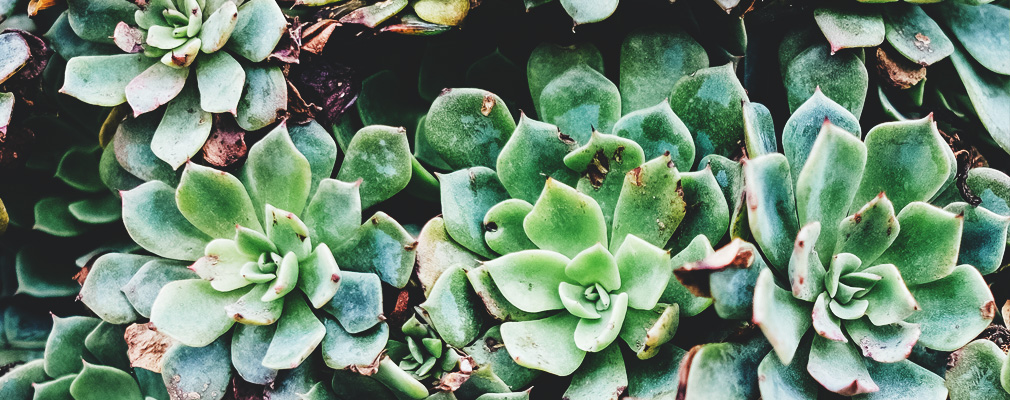Drought Tolerant VS Drought Resistant
Most people ask the question, “Is there really a difference in drought tolerant and drought resistant?” The answer is yes, especially in Southern California during this time of water restrictions and drought.
Drought tolerant plants, although able to endure periods of drought by way of surviving them, may not always look as healthy and lush as we would like them to when little water is given. Yet, when supplemental water is not an issue, these plants too can satisfy your landscape needs and allow you to participate in helping our California water shortage. These plants include many of our California natives, most of which prefer less water in summer than during the winter months. These plants have been brought into this area from other locations and have adapted to our various weather conditions throughout the state.
Drought resistant plants on the other hand can not only tolerate drought but can even seem resilient throughout prolonged periods of drought even with little to no supplemental water given. With supplemental water, they flourish and are often see in the “low water use” category – many of which are of the flowering variety and somewhat common in California landscapes. Unfortunately, these are often improperly planted in areas with mixed water needs and as a result create problems in the landscape. Some of the more familiar of these are Bougainvillea, Lantana, Rosemary and Rockrose.
There is also a grouping of plants that are referred to as “California Friendly” plants. These plants have been accepted by most of the water departments as those that are recommended as suitable for turf replacement rebates. Plants in this grouping are of both the “Low”, “Very Low” and “Medium Water Use” plant categories. Plants from cactus to roses are in this category and as long as the planting zones are kept separate, can be the most versatile plants appropriate for our area.
To answer the question, “Does it really matter?” That depends on your site needs, the end results you are trying to achieve, irrigation condition and the requirements of the desire landscape you envision.

Comments (0)